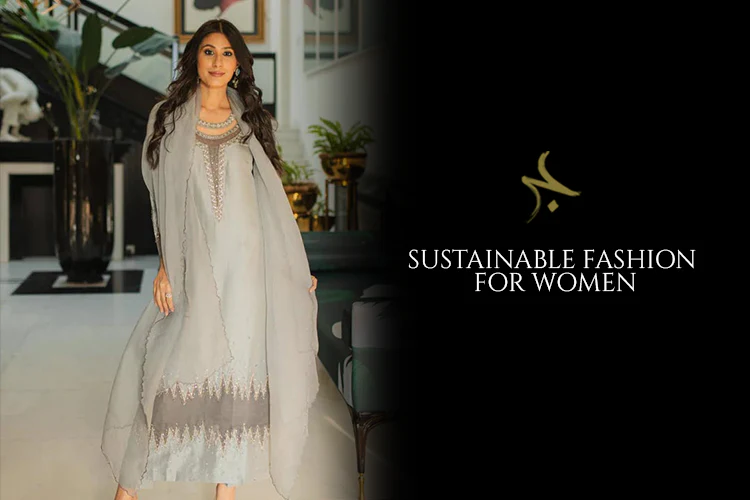In recent years, the fashion industry has faced growing scrutiny for its environmental impact, unethical labor practices, and wasteful production cycles. As a result, sustainable fashion has moved from a niche trend to a global movement. But with so many brands now claiming to be “eco-friendly” or “ethical,” how can you tell which ones are genuinely sustainable?
🌱 1. Transparent Supply Chain:
- Clear information about where and how clothes are made
- Ethical labor practices (no child labor, fair wages, safe working conditions)
- Certifications like Fair Trade, SA8000, or B Corp
Red flag: Vague terms like “ethically made” without proof or specifics.
♻️ 2. Eco-Friendly Materials
The most sustainable brands use fabrics that are less harmful to the planet.
Best choices include:
- Organic cotton (grown without toxic pesticides)
- Tencel/Lyocell (from responsibly harvested trees)
- Hemp (durable, fast-growing, low water usage)
- Recycled fabrics (e.g., from plastic bottles or discarded textiles)
Bonus points if the brand avoids synthetics like polyester or uses low-impact dyes.
🔁 3. Circular Fashion Practices
True sustainability isn’t just about what a product is made from—it’s also about what happens after you’re done with it.
Look for:
- Take-back programs or recycling initiatives
- Clothing that’s designed for durability and easy repair
- Garment resale or upcycling options
These practices support the circular economy, reducing waste and landfill impact.
🧵 4. Slow Fashion Ethos
Sustainable brands embrace quality over quantity. Instead of pumping out 50 new styles every month, they produce fewer pieces with timeless design and lasting construction.
Signs of a slow fashion brand:
- Seasonal or limited collections
- Emphasis on craftsmanship and detail
- Durable fabrics and reinforced stitching
- Encouragement to buy less, but better
📦 5. Minimal and Sustainable Packaging
Even the best-made eco-friendly clothes lose points if they arrive wrapped in plastic-heavy, wasteful packaging.
Sustainable packaging includes:
- Recycled or compostable materials
- Minimalistic design to reduce waste
- Reusability (e.g., cloth bags instead of polybags)
Some brands go further with carbon-neutral shipping or local production to cut emissions.
🧠 6. Education and Advocacy
Sustainable brands aren’t just selling clothes—they’re helping consumers make informed, conscious choices.
They might offer:
- Transparent blogs about the environmental impact of fashion
- Guides on caring for and extending the life of your clothes
- Collaborations with environmental or social justice organizations
If a brand is actively engaging in the sustainability conversation, it’s a good sign they’re walking the talk.
🛡️ 7. Recognized Sustainability Certifications
While no system is perfect, certain certifications add credibility to sustainability claims. Look for:
- GOTS (Global Organic Textile Standard)
- OEKO-TEX Standard 100 (tests for harmful substances)
- Bluesign® (chemical safety in textiles)
- Cradle to Cradle Certified® (product circularity)
Brands that proudly display these are typically more trustworthy than those with only marketing buzzwords.
🌍 Why It Matters
The fashion industry is one of the largest polluters globally, contributing to water waste, carbon emissions, and poor labor conditions. By supporting brands that prioritize people, planet, and purpose, you help shift the industry toward more ethical practices—and make fashion truly feel good inside and out.
✅ Final Checklist
When shopping for sustainable fashion, ask yourself:
- Does the brand tell you where and how the clothes are made?
- Are the materials natural, recycled, or biodegradable?
- Is the design made to last more than one season?
- Does the brand offer repair, resale, or recycling options?
- Are their claims backed by certifications or clear data?
If the answer is yes to most of these, you’re likely supporting a brand that’s truly making a difference.

